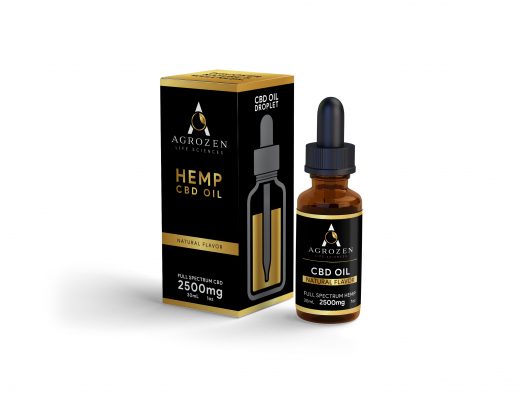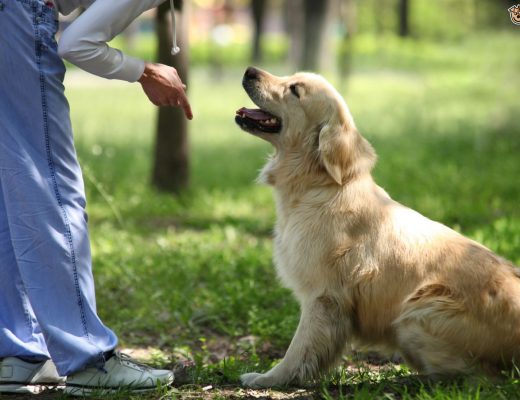Healthy Foods For Healthy Dogs
Although this information is directed towards those caring for orphaned, wild, and/or sick dogs, it is also helpful for those who simply wish to assure good health and long life for their canine friends. As with modern-day humans, most dogs will eat any and everything, whether or not they are hungy. And, as for people, this leads to obesity, illnesses, and ailments. We recommend controlling healthy dogs’ portions, and placing as little emphasis upon food as possible. Dogs don’t usually become compulsive eaters obsessed with food if their “masters” don’t consistently make food the highlight of their days. Most stray dogs are severely malnourished, but allowing them to pig out can complicate matters. When dealing with severaly malnourished dogs still able to eat on their own, we recommend feeding small portions (approximately one cup for small dogs and/or puppies, two cups for larger dogs, and three cups for massive breeds) of a home-made “stew” of chicken, rice, and vegetables, four-to-six times per day.
 Just like humans, dogs too need to follow a strict and healthy diet in order to maintain a body with a fit immune system that can monitor all the organs and keep everything in check while junk food would have an adverse impact on their health and fortunately, more and more families are following through on this advice to be on the safer side of the fence so that things are easy for them to manage.
Just like humans, dogs too need to follow a strict and healthy diet in order to maintain a body with a fit immune system that can monitor all the organs and keep everything in check while junk food would have an adverse impact on their health and fortunately, more and more families are following through on this advice to be on the safer side of the fence so that things are easy for them to manage.
Too much food will simply be regurgitated, meaning they’ll receive very little in the way of nutrition.
Between these feedings, we also give them a biscuit to snack on. It’s a nice dessert, and helps them to relax, allowing their systems to begin healing.
Many of the treats offered commercially are filled with chemicals and other crap, and can aggravate (if not create) gastro-intestinal problems. We highly recommend using ONLY natural, preservative-free snacks, especially with animals whose systems are compromised. If unable to find “health-food” treats made specifically for your pets, make them yourself! We have several recipes available in our recipe archive. Whether dogs are healthy or unhealthy, yogurt is one of the best foods you can give them, and they love it. Especially the vanilla yogurt. The acidophilus in yogurt is wonderful for the digestion, and We prefer health-food brands in order to avoid preservatives, artificial sweeteners, sugar, and the antibiotics and hormones found in most commercial dairy products. None of which is healthy for either animals or people. the very ill, and orphans. And we ALWAYS add vanilla yogurt to the KMR powder, creating a smoothe paste before adding warm water to the mix.
This concoction is fantastic for putting meat on their bones. When animals aren’t eating, or need to gain weight rapidly, depending upon their condition they’re given either pureed chicken, turkey, or lamb, or chicken-sticks. When time allows, we make the purees, ourselves. Otherwise, we use jars of baby-food. Should a dog be unable, or unwilling, to eat of its own accord, feed it syringes filled with pureed lamb baby-food! Large syringes are available at most feed stores and pharmacies. We never give our animals beef, unless it’s organic.














